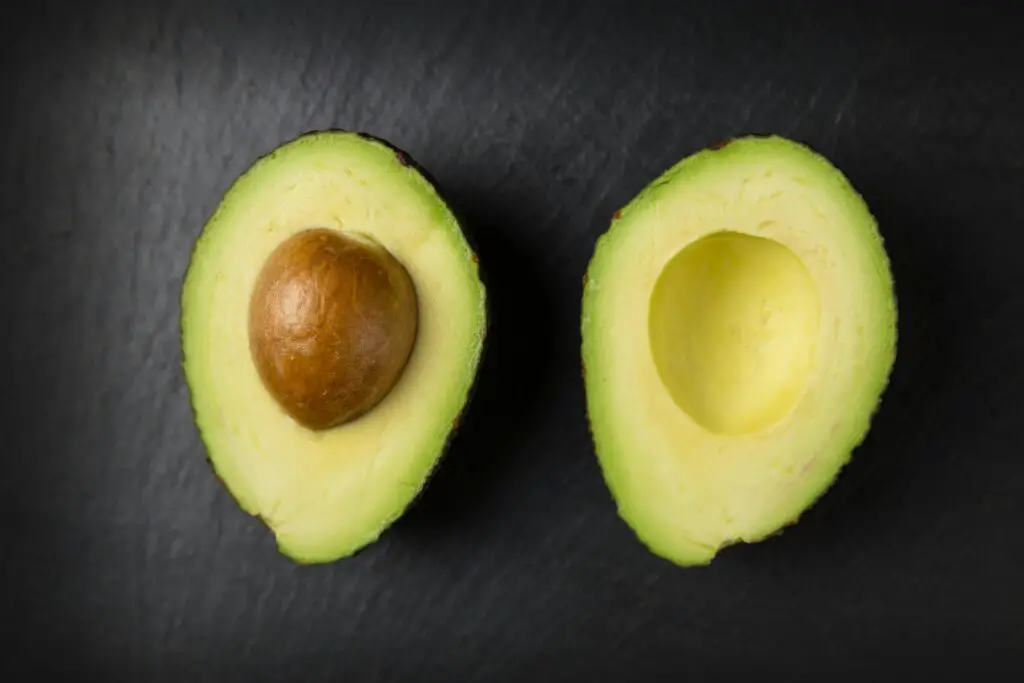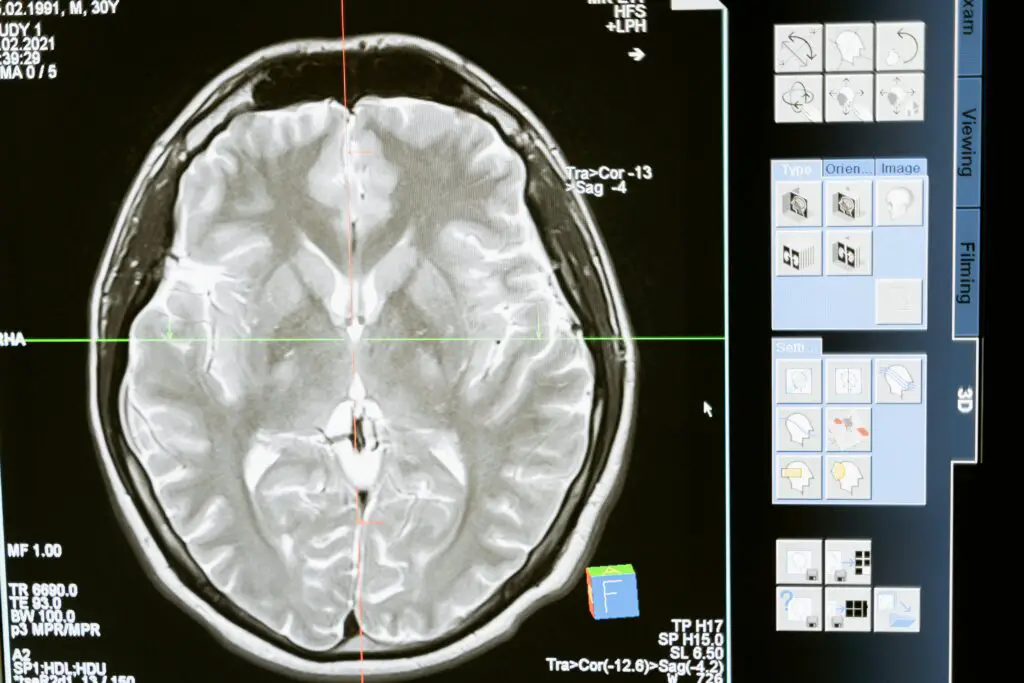1. Eating Fat Makes You Fat

In the 1950s, doctors and dieticians firmly believed that eating fatty foods contributed directly to weight gain. The assumption was that fats, particularly animal fats, led to high cholesterol levels, clogged arteries, and heart disease. People were encouraged to eat low-fat foods, but this advice oversimplified the relationship between fat and health. Over time, scientific studies have debunked this idea, showing that healthy fats—like those found in avocados, olive oil, and nuts—are not only harmless but essential for a balanced diet.
Recent research has shifted the focus to the types of fats consumed. Trans fats and excessive saturated fats can contribute to health issues, but unsaturated fats, like those from fish and plant-based oils, are linked to better heart health and weight management. In fact, fat is a crucial component of a healthy diet, playing a role in hormone regulation, brain function, and nutrient absorption.
2. You Should Drink Eight Glasses of Water a Day

The “eight glasses a day” rule has been ingrained in our minds since the ’50s, with doctors touting it as the key to staying hydrated and healthy. While hydration is vital, the eight-glass rule has been widely criticized and debunked. Studies have shown that the amount of water each person needs varies depending on factors like activity level, climate, and individual health conditions.
Hydration doesn’t only come from water; many foods, such as fruits and vegetables, contain water. Also, beverages like tea, coffee, and milk contribute to your daily fluid intake. The key is to drink when you’re thirsty and to listen to your body, as it often knows what it needs.
3. The Earth Is at the Center of the Universe

In the 1950s, many still held onto the belief that the Earth was the center of the universe, despite the long-established scientific findings from centuries prior. The heliocentric model of the solar system, proposed by Copernicus in the 16th century, was widely accepted by scientists but still challenged by a portion of the public.
However, with advancements in astronomy and technology, it became clear that Earth is just one of many planets orbiting the sun, which itself is part of a vast galaxy in an ever-expanding universe. Today, we understand that the universe doesn’t revolve around Earth, and the idea that it does is a scientific relic of the past.
4. Humans Only Use 10% of Their Brains

This myth gained traction in the early to mid-20th century, with the belief that only 10% of our brain was active and the rest lay dormant. It was believed that unlocking the potential of the unused brain could lead to extraordinary abilities. However, brain research, especially through neuroimaging, has shown that nearly all parts of the brain have a known function, even when we’re at rest or asleep.
Brain activity is constant and widespread, from the areas responsible for motor skills to those involved in complex thought and emotional regulation. No region of the brain is entirely inactive, and the notion that we only use a fraction of it is a misconception.
5. Vaccines Cause Autism

The myth that vaccines cause autism first emerged in the late ’90s but had roots in public fear over health risks. The 1950s, however, saw a rise in vaccinations for diseases like polio and measles, and they were seen as a crucial part of preventing widespread outbreaks. The fear of side effects was present, but science quickly debunked most of these early theories.
Research has shown that vaccines do not cause autism. The claim was based on a fraudulent study that was later retracted, and numerous studies have since confirmed the safety of vaccines. The benefits of vaccines far outweigh the negligible risks, protecting individuals and communities from deadly diseases.
6. Smoking Helps You Relax

Cigarette ads in the ’50s often depicted smoking as a way to relax and relieve stress. With slogans like “Mild and soothing,” tobacco companies convinced the public that smoking could calm nerves and provide mental relief. This belief went largely unchallenged as the health risks of smoking were not widely known at the time.
However, research over the years has shown that smoking is not only harmful to health but also increases anxiety and stress in the long run. Nicotine may provide a temporary feeling of relaxation, but it ultimately disrupts brain chemistry and worsens anxiety, leading to a cycle of dependency.
7. Cold Weather Makes You Sick

In the 1950s, it was widely believed that cold weather itself caused colds and the flu. People were told to bundle up tightly in the winter to avoid catching a chill, and the assumption was that being cold weakened the immune system. While it is true that the winter months see an uptick in respiratory illnesses, cold weather is not the direct cause.
In reality, viruses like the flu and common cold are more easily transmitted in colder months due to people spending more time indoors in close proximity. The cold does not make you sick, but it can contribute to an environment that favors the spread of illness.
8. If You Don’t Get Enough Sleep, You’ll Catch Up on It Later

The idea that you can “catch up” on lost sleep has been a common belief for decades. People would assume that after a few nights of poor sleep, they could simply make up for it by sleeping longer on the weekend. However, this belief has been debunked by modern sleep research.
Sleep scientists now understand that sleep is a process that affects various systems in the body, and getting enough quality rest is crucial every night. While catching up on sleep can help alleviate some short-term sleep debt, it doesn’t fully restore cognitive function and health in the same way that consistent, regular sleep does.
9. Alcohol Warms You Up

Another myth from the ’50s is that alcohol can help warm you up when you’re cold. It’s easy to see why this belief spread—after all, alcohol gives you a temporary warming sensation. However, alcohol actually dilates blood vessels near the skin, which can make you feel warm, but it also causes heat to escape from the body more quickly.
In reality, alcohol lowers your core body temperature and can increase the risk of hypothermia in cold conditions. So, while a drink may feel cozy, it’s not doing you any favors in keeping you warm.
10. Cracking Your Knuckles Causes Arthritis

For years, parents and teachers warned against cracking your knuckles, claiming it would lead to arthritis. The sound of cracking, often caused by the release of gas bubbles from the joints, was believed to cause wear and tear on the bones. However, scientific studies have shown that there is no link between knuckle cracking and arthritis.
While cracking your knuckles might annoy others, it doesn’t cause the joint damage or long-term arthritis that many feared. In fact, the act itself doesn’t harm the joints in any way, and it’s mostly harmless.
11. Spicy Foods Cause Ulcers

In the 1950s, many people believed that eating spicy foods could cause stomach ulcers. This belief was based on the assumption that hot foods irritated the stomach lining, leading to the formation of ulcers. However, modern research has proven that ulcers are caused primarily by a bacterial infection, Helicobacter pylori, and the excessive use of nonsteroidal anti-inflammatory drugs (NSAIDs), not spicy food.
While spicy foods may irritate the stomach in some people, they are not responsible for creating ulcers. In fact, some spices, like turmeric, have been found to have anti-inflammatory properties that could even help prevent stomach issues.
12. You Should Wait an Hour After Eating Before Swimming

Parents in the ’50s often told their children to wait at least an hour after eating before going swimming, fearing that they would get cramps or drown. This myth persisted for decades, but no scientific evidence supports the idea that eating before swimming causes cramps. While heavy meals may cause some discomfort during physical activity, they do not pose a serious danger.
The body is capable of digesting food while engaging in light activity, including swimming. It’s always good to listen to your body, but there’s no need to wait an hour to take a dip after eating.
13. Sugar Causes Hyperactivity in Children

The belief that sugar causes hyperactivity in children gained popularity in the 1950s and was often used as an explanation for children’s erratic behavior. Parents believed that sugary snacks and drinks made their kids more energetic and less focused. However, extensive research has found no direct link between sugar intake and hyperactivity.
While it’s true that eating sugar can provide a temporary energy boost, it doesn’t cause the long-term behavioral changes that were once attributed to it. Many studies have shown that any hyperactivity after consuming sugar is more likely to be due to other factors, such as excitement or environment.
14. Fatty Foods Are the Primary Cause of Heart Disease

In the 1950s, the American Heart Association and many health professionals warned that saturated fats were the primary cause of heart disease. People were advised to reduce their intake of butter, red meat, and full-fat dairy products. However, this theory has since been challenged by new research that highlights other risk factors, including sugar and refined carbohydrates.
Recent studies suggest that excessive consumption of refined sugars and trans fats, rather than natural saturated fats, plays a more significant role in heart disease. A balanced diet with healthy fats is no longer seen as a major health risk.
15. You Need a Tonic for Every Illness

In the ’50s, tonics and medicinal drinks were sold as remedies for nearly every ailment. From fatigue to colds, it seemed like there was a tonic for anything that ailed you. However, the majority of these tonics contained alcohol and high levels of sugar, often offering little more than a placebo effect.
Modern medicine has shown that while some herbs and natural ingredients can be beneficial, many of the tonics from the ’50s were ineffective or even harmful. Today, we understand that real medical treatments come from evidence-based science, not miracle drinks.
16. Washing Your Hair Every Day is a Must

In the 1950s, people were often told that washing their hair daily was essential to keep it healthy and clean. This belief was fueled by the rise of shampoo advertisements, which promoted daily use. However, recent studies have shown that washing hair too frequently can strip it of its natural oils, leading to dryness and damage.
Experts now recommend washing hair less frequently, depending on hair type and individual needs. For many people, washing hair two to three times a week is sufficient to maintain cleanliness and scalp health.
